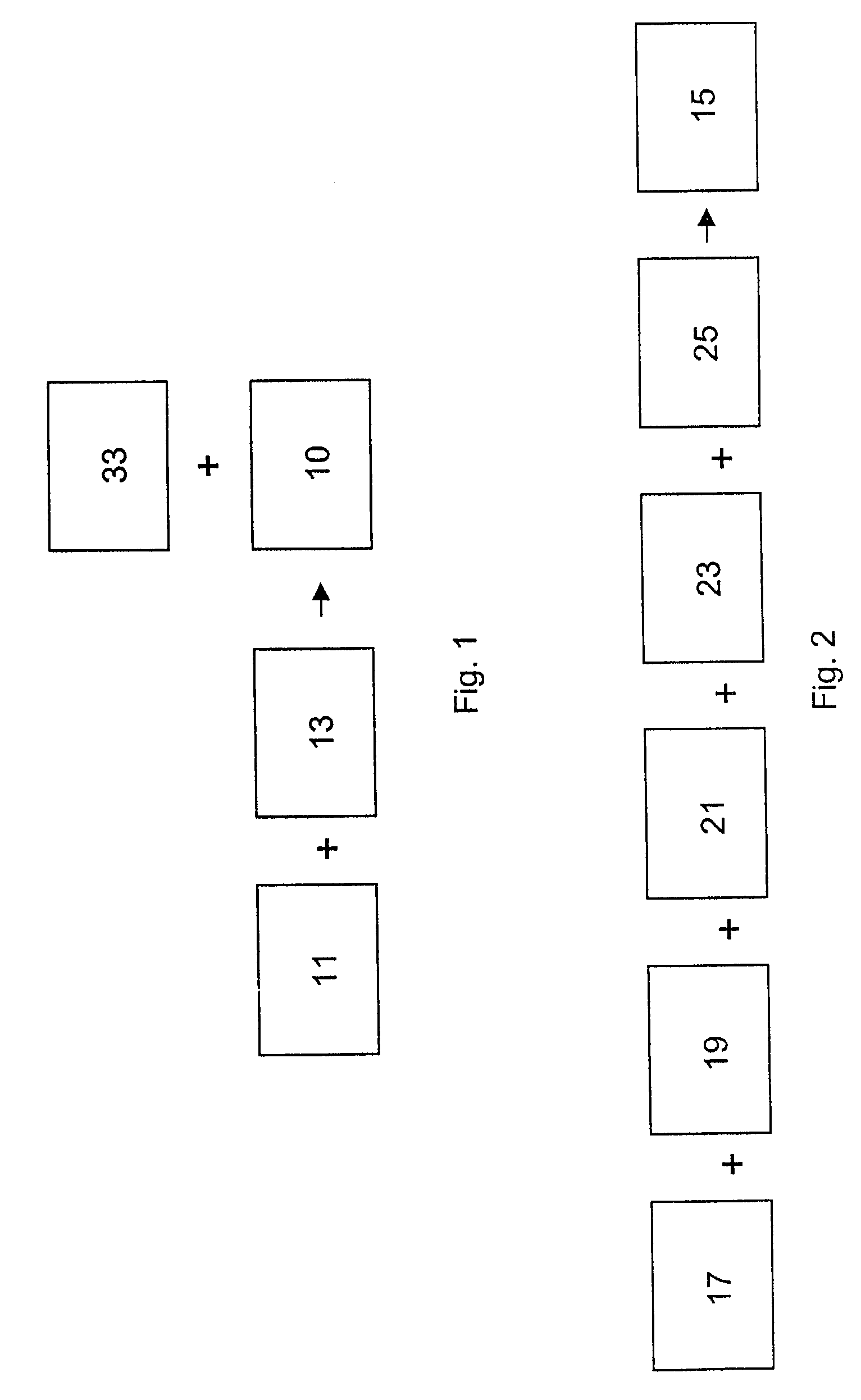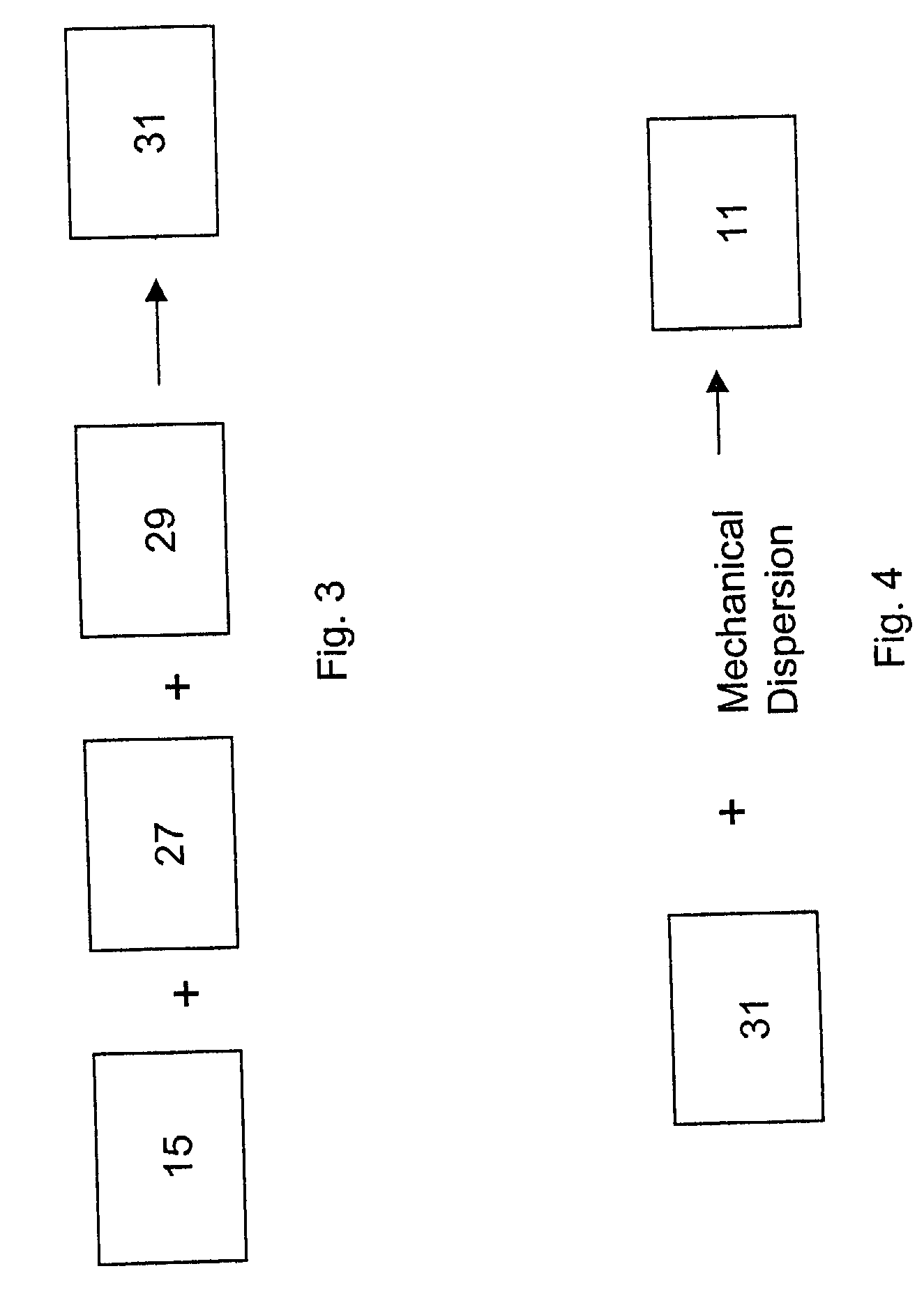Matte-finish polyurethane coating composition
a technology of matte finish and polyurethane, applied in the direction of non-metal conductors, conductors, transportation and packaging, etc., can solve the problems of difficult to formulate consistent batches of paints or coatings, disadvantages of crystalline silica, and polymer organic particles, so as to improve aesthetics, improve corrosion resistance and color matching, and improve the effect of gloss and sheen
- Summary
- Abstract
- Description
- Claims
- Application Information
AI Technical Summary
Benefits of technology
Problems solved by technology
Method used
Image
Examples
examples 1-8
[0099] Eight polyurethane coating compositions were produced in accordance with the base formulation described above. Each of the eight exemplary compositions included the matting agent and catalyst components listed in Table 4. Examples 1-3, 5 and 7 are outside the scope of the invention and are provided to demonstrate the improvement provided by Examples 4, 6 and 8 which are compositions according to the invention. Each specimen coating was applied to a flat surface made of lacquer-coated paper and permitted to cure for twenty four hours at 75.degree. F. and 30% relative humidity resulting in the finished form, fully cured film.
[0100] Measurements were taken of the gloss and sheen of each of the cured films of Examples 1-8. The measurements were taken using a Byk Instruments glossmeter (Byk Instruments, Norwalk, Conn.). The measurement of film gloss was taken at an angle of 60.degree. to the coated surface and the measurement of sheen was taken at an angle of 85.degree. to the coa...
example 1
[0101] Example 1 is a polyurethane composition made in accordance with the base formulation. As indicated in Table 4, the matting agent consisted of 200 grams of Celite 499 crystalline silica. The Dabco T-12 / 1.8 g catalyst was a conventional dibutyl tin dilaurate organometallic catalyst. The composition of Example 1 had gloss and sheen values, respectively, of 0.8 and 2.5 which are within the values of 1 (gloss) and 3.5 (sheen) permitted by U.S. Military standard MIL-C-53039. The low gloss and sheen values are believed to result from the Celite 499 which is known to be a highly efficacious matting agent. The light-scattering effect of the Celite 499 is sufficient to counteract any gloss and sheen resulting from use of the organometallic catalyst. However, crystalline silica is expected to be phased out as a matting agent suitable for use in compliance with MIL-C-53039 and MIL-C-46168. A substitute is required.
example 2
[0102] Example 2 is a further polyurethane composition made in accordance with the base formulation. Example 2 includes a matting agent component comprising mica together with the organometalic catalyst of Example 1. The mica was present in an amount of 115% the crystalline silica used in Example 1. As listed in Table 4, the gloss and sheen values of 1.4 and 3.3 were unacceptably higher than those of Example 1. The gloss value is outside the range permitted by U.S. Military standard MIL-C-53039 and MIL-C-46168. A matting agent component consisting solely of mica with a metal catalyst is not compliant with MIL-C-53039 or MIL-C-46168.
PUM
| Property | Measurement | Unit |
|---|---|---|
| Fraction | aaaaa | aaaaa |
| Fraction | aaaaa | aaaaa |
| Fraction | aaaaa | aaaaa |
Abstract
Description
Claims
Application Information
 Login to View More
Login to View More - R&D
- Intellectual Property
- Life Sciences
- Materials
- Tech Scout
- Unparalleled Data Quality
- Higher Quality Content
- 60% Fewer Hallucinations
Browse by: Latest US Patents, China's latest patents, Technical Efficacy Thesaurus, Application Domain, Technology Topic, Popular Technical Reports.
© 2025 PatSnap. All rights reserved.Legal|Privacy policy|Modern Slavery Act Transparency Statement|Sitemap|About US| Contact US: help@patsnap.com


